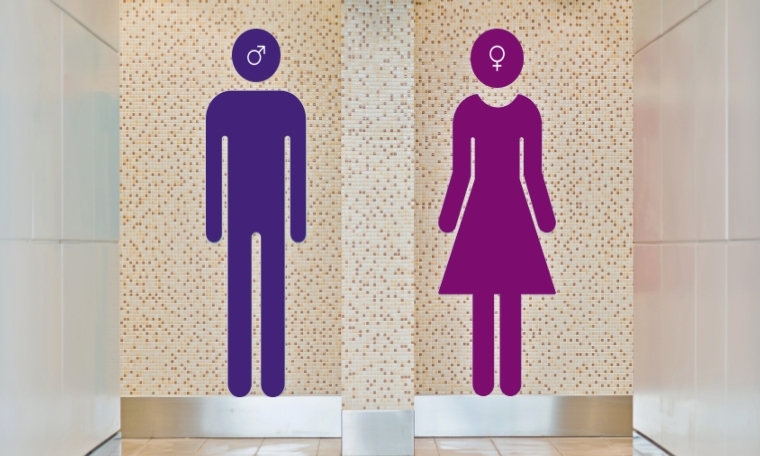
Speaking ahead of a reception at the Wales Millennium Centre, Cardiff, Ella Smillie from the Committees of Advertising Practice (CAP), announced that a new rule will be introduced in the UK Advertising Codes next year to ban harmful gender stereotyping in advertising.
The review by the Advertising Standards Authority (ASA) on harmful gender stereotyping in advertising, Depictions, Perceptions and Harm, published last summer, provided an evidence-based case for stronger regulation of ads that feature stereotypical gender roles or characteristics which can be harmful to people, including ads which mock people for not conforming to gender stereotypes.
Following the review, we committed to developing new standards on ads that feature stereotypical gender roles or characteristics. We are now developing a new rule and guidance on the depiction of gender stereotypes in ads, which we will consult on in spring, 2018.
Evidence in the review suggested that harmful stereotypes can restrict the choices, aspirations and opportunities of children, young people and adults. These stereotypes can be reinforced by some advertising, which therefore plays a part in unequal gender outcomes, with costs for individuals, the economy and society.
The review welcomed the ASA’s track record of banning ads on grounds of objectification, inappropriate sexualisation and for normalising unhealthily thin body images, but found that more needs to be done on gender stereotypical roles and characteristics portrayed in ads.
The new rule will not ban all forms of gender stereotypes. For example, the evidence falls short of calling for a ban on ads depicting a woman cleaning or a man doing DIY tasks. But, subject to context and content considerations, the evidence suggests certain types of depictions are likely to be problematic, for example, an ad which depicts family members creating a mess while a woman has sole responsibility for cleaning it up or an ad that features a man trying and failing to undertake simple parental or household tasks because of stereotypes associated with his gender.
Ella Smillie, Committees of Advertising Practice, said:
“Some gender stereotypes in ads can contribute to harm for adults and children by limiting how people see themselves, how others see them, and potentially restricting the life decisions they take. The introduction of a new advertising rule from 2018 will help advertisers to know where to draw the line on the use of acceptable and unacceptable stereotypes.
“We’ll set out our proposed new standards in Spring 2018 and openly consult on them. That’s why I’m pleased to be in Cardiff at an event with the Minister responsible for Equalities, Julie James AM, to invite the Welsh public policy community to engage with our consultation and submit their views about whether we’re appropriately reflecting what the evidence is telling us.”
Guy Parker, Chief Executive of the Advertising Standards Authority, said:
More on
-
Keep up to date
Sign up to our rulings, newsletters and emargoed access for Press. Subscribe now.


